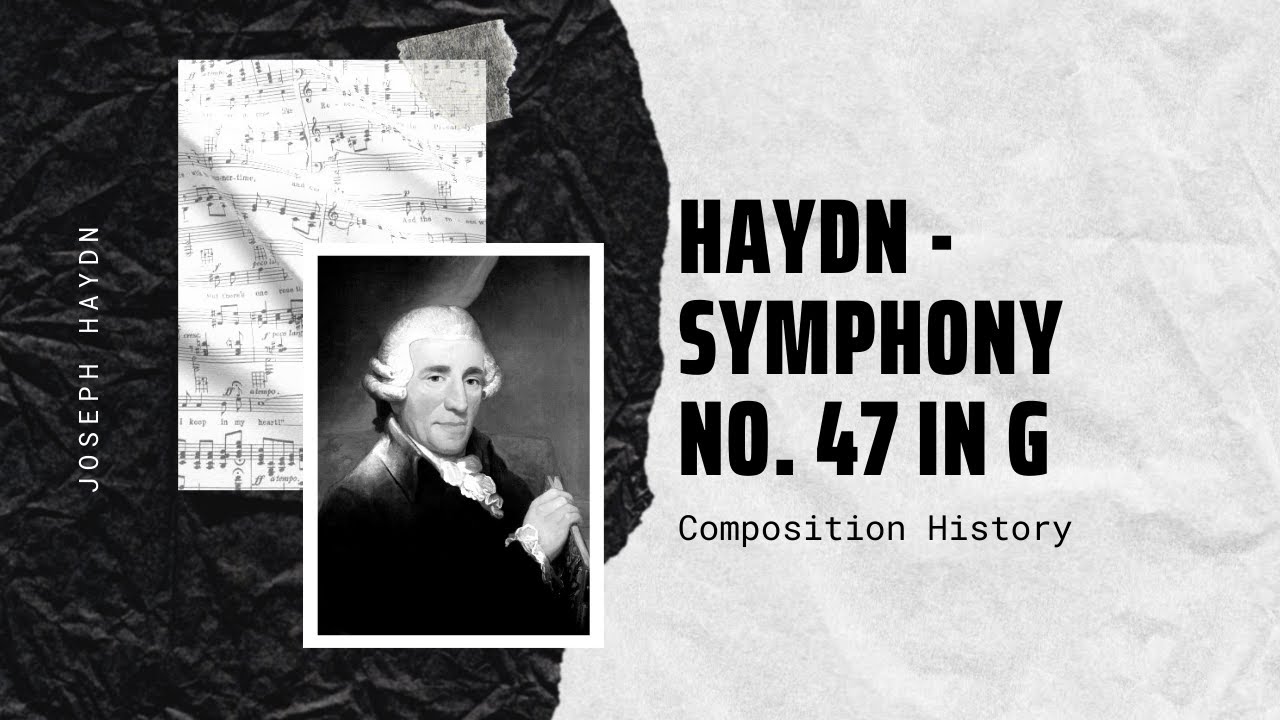
Mozart – Sonata for Bassoon and Cello in B flat major
Wolfgang Amadeus Mozart (27 January 1756 – 5 December 1791), baptised as Johannes Chrysostomus Wolfgangus Theophilus Mozart, was a prolific and influential composer of the[…]

Tor Aulin – 4 Aqvareller
Love classical music? Learn to play the best PIANO pieces the easiest way: http://tinyurl.com/classic-flowkey Tor Aulin 4 Aqvareller For more: http://www.melhoresmusicasclassicas.blogspot.com

Tchaikovsky – Symphony No. 6 h moll Op. 74
Pyotr Ilyich Tchaikovsky (7 May 1840 [O.S. 25 April] – 6 November [O.S. 25 October] 1893) was a Russian composer of the romantic period, whose[…]

Mahler – Symphony No. 4 in G major
Love classical music? Learn to play the best PIANO pieces the easiest way: http://tinyurl.com/classic-flowkey Symphony No. 4 in G major by Gustav Mahler was written in[…]

Schumann – Violin Sonata No. 1 Op. 105
The violin sonata no. 1 in A minor, opus 105 of Robert Schumann was written the week of September 12– 16 September 1851. Schumann was[…]

Rachmaninoff – 10 Preludes Op. 23
Ten Preludes, Op. 23, is a set of ten preludes for solo piano, composed by Sergei Rachmaninoff in 1901 and 1903. This set includes the[…]
Tchaikovsky – String Quartet No. 1 Op. 11
Pyotr Ilyich Tchaikovsky’s String Quartet No. 1 in D major Op. 11 was the first of his three completed string quartets that were published during[…]

Haydn – Symphony No. 47 in G
Joseph Haydn’s Symphony No. 47 in G major Hob. I:47 was probably written in 1772. It was nicknamed “The Palindrome”. Scored for 2 oboes, bassoon, 2[…]

Faure – Violin Sonata No. 1 Op. 13
Love classical music? Learn to play the best PIANO pieces the easiest way: http://tinyurl.com/classic-flowkey Gabriel Urbain Fauré (French 12 May 1845 – 4 November 1924) was[…]

Schumann – Kreisleriana Op. 16
Kreisleriana, Op. 16, is a composition in eight movements by Robert Schumann for solo piano, subtitled Phantasien für das Pianoforte. It was written in only[…]